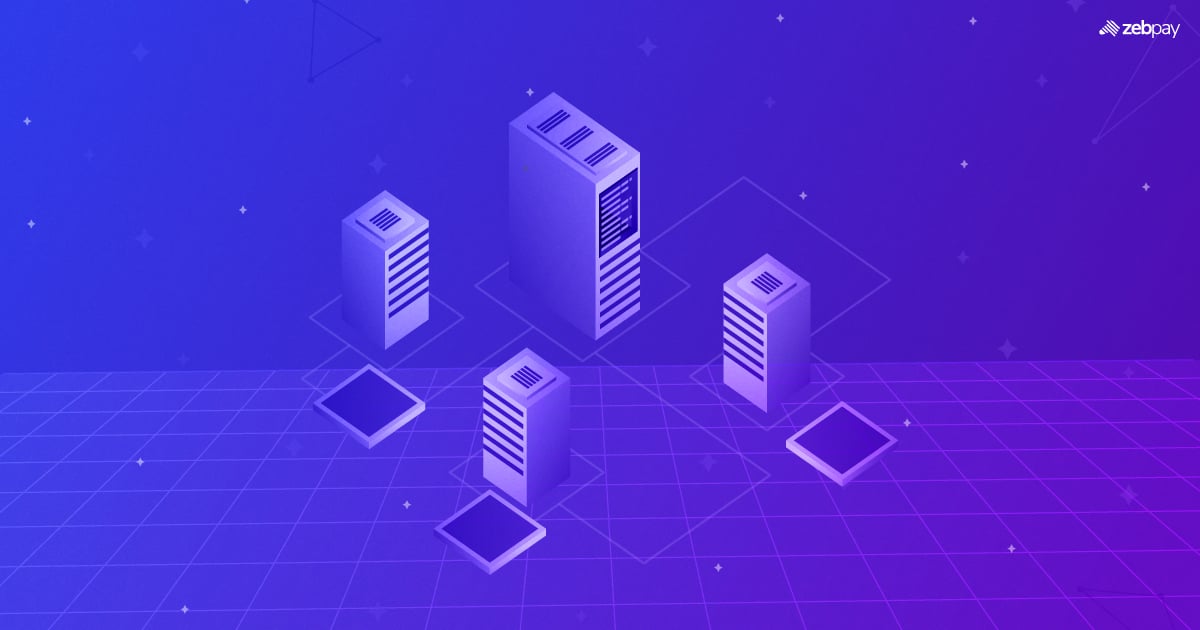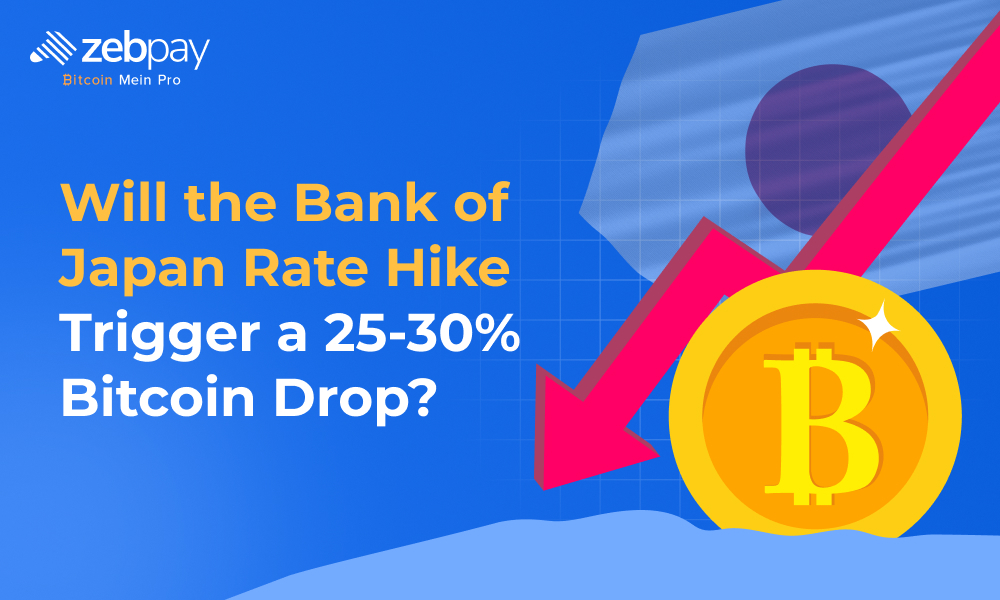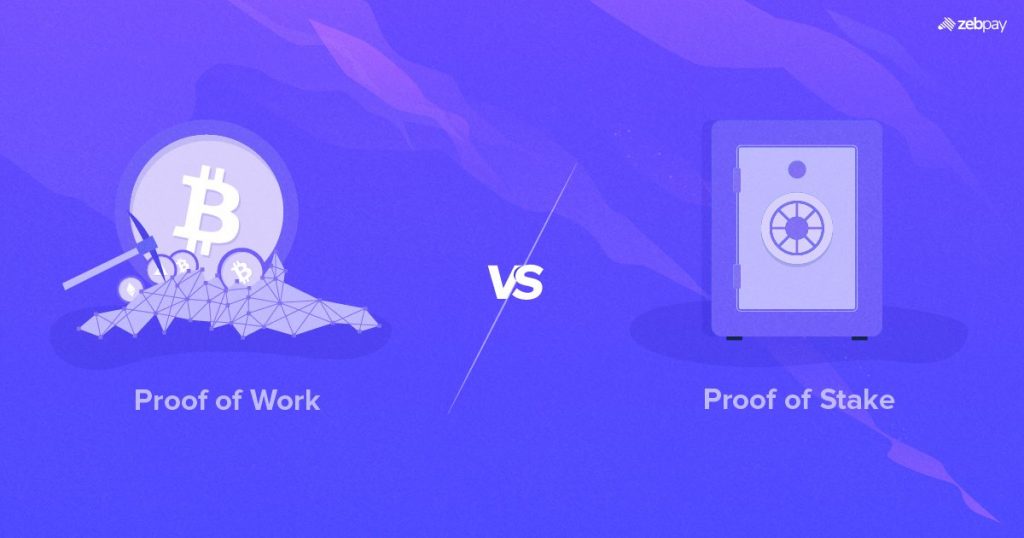Over the past few years, blockchain technology has risen, triggering a significant shift in our perception of and interaction with digital systems. Starting from decentralized finance (DeFi) to non-fungible tokens (NFTs), the idea of decentralization has changed many aspects of our online lives. However, this transformation does not limit itself to cyberspace.
DePINs—decentralized physical infrastructure networks—are a new concept that stretches the limits of decentralization to include tangible structures themselves. DePINs may change many industries like nothing else before and help people gain more power over their own lives. Let’s delve deeper into what DePINs entail.
What is DePIN?
Decentralized physical infrastructure networks (DePINs) are blockchain-based protocols for creating, managing, and openly operating the physical hardware infrastructure of the network in a decentralized manner. These protocols enable self-regulated, speedy interactions within physical infrastructures through technologies such as smart contracts. This enhances the system’s ability to promptly respond and adapt to human needs.
How Does DePIN Work in Crypto?
Crypto plays a central role in fostering community development within DePINs. These networks utilize crypto tokens as rewards to motivate operators of physical infrastructure to join their networks. As the value of a DePIN’s token increases due to the inflow of investor capital, it allows service providers to offer competitive rates. This, in turn, spurs adoption and demand for DePIN’s services, resulting in a further appreciation of the token price. This positive cycle attracts more investors, service providers, and users to the network.
DePIN platforms are built on blockchain technology to provide financial services such as loans, borrowing money, and trading, excluding conventional financial institutions. In one way or another, these platforms could interface with real-world assets using tokenization, the process of representing property like land or buildings on an immutable ledger for decentralized ownership and exchange through tokens.
How DePIN Utilizes Blockchain Technology?
DePIN leverages blockchain technology to ensure the utmost security and immutability of all data transmitted across its network. This setup allows devices to connect directly without relying on intermediaries or centralized servers, resulting in a more dependable and streamlined network. The blockchain acts as a secure and transparent ledger, recording all transactions and data exchanges within the network in an immutable manner, fostering trust and transparency.
DePINs use blockchain to decentralize authority across networks, with applications spanning various sectors such as energy, supply chains, telecommunications, data storage, transportation, and real estate. Layer-two solutions like Caldera and Eclipse offer scalability and efficiency, aligning with the evolving needs of DePIN projects. This strategic alignment with specific blockchains is pivotal for the effective implementation and future scalability of DePIN endeavours.
Challenges and Limitations of DePIN
However, it’s essential to recognize the obstacles DePIN encounters:
- Regulatory Ambiguity: The regulatory landscape concerning DePIN and tokenized assets is still developing. Clearly defined regulations are essential to spur innovation and safeguard investors.
- Technical Challenges: Scaling with DePIN solutions for extensive infrastructure projects presents technical hurdles. Moreover, ensuring interoperability among diverse DePIN initiatives is a key aspect that needs attention.
- Security Issues: Decentralized systems are susceptible to cyber threats. While blockchain technology inherently enhances security through its distributed ledger structure, DePINs must prioritize robust security measures. This includes implementing secure communication protocols, employing strong encryption methods, and conducting regular security audits to detect potential vulnerabilities.
What are Some Examples of DePINs?
Render
Render is a DePIN initiative concentrating on providing decentralized GPU-based rendering services. It connects node operators looking to utilize their idle GPU computing power with artists requiring substantial 3D rendering capabilities. Besides the decentralized GPU computing network, Render offers a platform for artists and developers to develop services and applications.
The Graph
The Graph is a decentralized protocol designed for indexing and querying blockchain data. Its primary focus is on organizing data in a user-friendly manner for easy access by everyone. The Graph Explorer enables developers to search, discover, and publish all necessary public data required for developing decentralized applications (DApps).
Filecoin
Filecoin tackles the demand for decentralized storage solutions using blockchain technology. It allows users to rent out their unused storage space and earn crypto as compensation. This decentralized storage network ensures data security, redundancy, and accessibility through a distributed network of storage providers.
The Future of Decentralized Physical Infrastructure Networks (DePIN)
Despite the hurdles, DePIN holds the potential to revolutionize infrastructure development and management in the future. Here’s a glimpse of what the future of DePIN could entail:
- Collaboration Among Stakeholders: Collaboration among governments, businesses, and the DePIN community is pivotal in surmounting regulatory challenges and driving innovation. Open discussions and pilot initiatives can aid in crafting a regulatory framework that supports responsible DePIN growth while safeguarding user interests.
- Technological Progress: Continuous progress in blockchain technology is crucial for DePIN’s scalability and widespread adoption. Advancements in layer-2 scaling solutions and blockchain interoperability can address scalability issues and facilitate seamless communication among different DePIN projects.
- Expanding Use Cases: As the DePIN ecosystem evolves, we can anticipate a broader array of applications emerging beyond the initial use cases in telecommunications, cloud computing, energy grids, and logistics. DePIN’s potential extends to sectors such as healthcare, transportation, and environmental monitoring, fostering a more interconnected and efficient physical infrastructure landscape.
Conclusion
The expansion of DeFi into revolutionizing physical infrastructure may appear to mark the ultimate frontier, yet the glaring challenges of traditional infrastructure upkeep can no longer be ignored. DePINs are set on revolutionizing established markets by reducing costs and eliminating vulnerable single points of failure. These networks operate through numerous coordinating nodes, rewarding contributors with network tokens for their significant contributions.
DePINs hold significant potential for transforming how we construct and manage infrastructure. By leveraging blockchain technology and decentralization principles, DePINs can overhaul various sectors, including telecommunications, energy, transportation, and environmental monitoring. These decentralized networks can offer heightened efficiency, transparency, and accessibility in infrastructure development, empowering individuals to actively shape the infrastructure of the future.
If you found this blog to be useful, do share it with other like-minded crypto enthusiasts. Click on the button below to begin your crypto trading journey using ZebPay.







